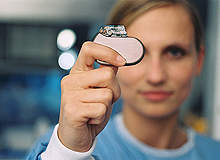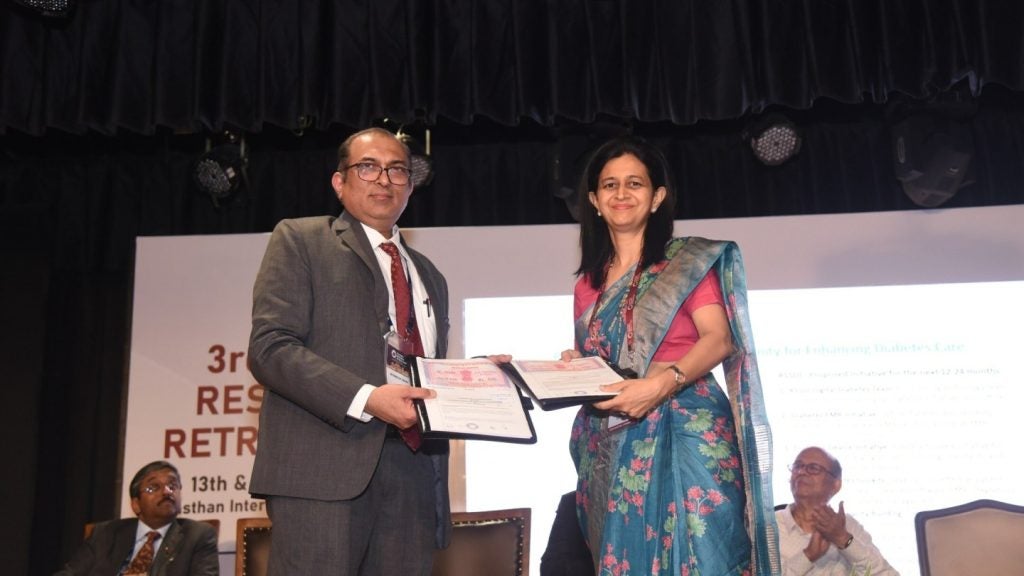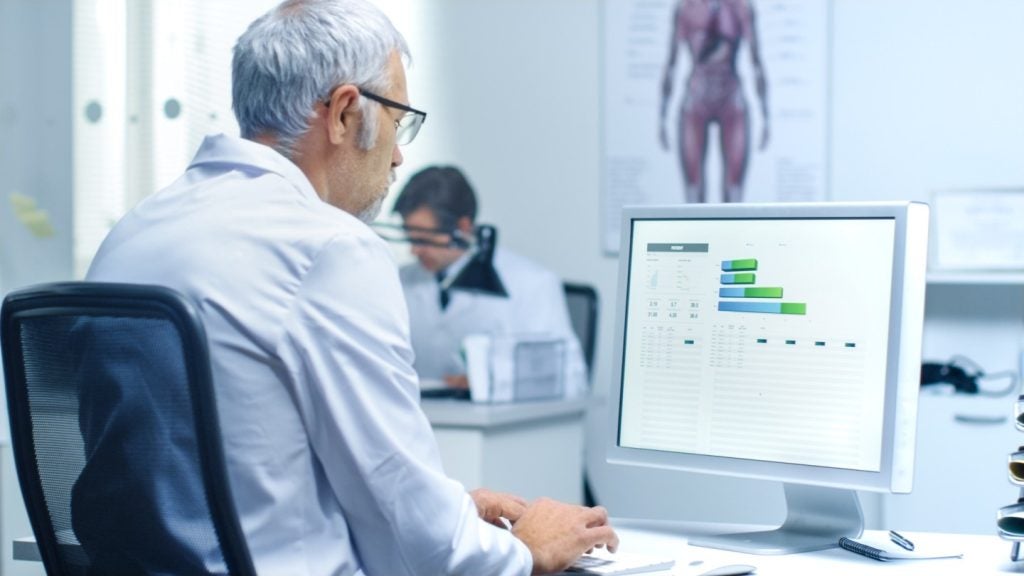
There have been a number of drivers for the current, rapid innovation in cardiovascular devices.
In one sense, these trends merely reflect the natural rate of IT and electronic development, however, innovation is also being fuelled by the need for less-invasive diagnosis and therapy; greater accuracy and detail in diagnosis, and equipment that can perform a wider range of functions and add value.
Diagnosis
Fast-evolving multidetector computed tomography (CT) is set to greatly enhance hospital diagnostic capabilities. Instead of sending out a single X-ray beam through the body, as with an ordinary X-ray machine, this equipment sends out a number of beams from various angles. The resulting X-rays each provide a cross-section of the heart, which can then be combined to provide a 3D image of the organ.
Recent advances have allowed cardiologists to achieve excellent resolution and accuracy from 16-slice cardiac CT scanners. Now another landmark has been reached with scanners providing 64-slice scans and beyond, while also completing the process in just a few seconds.
See Also:
With the imaging technology available in the early 2000s, it was difficult to see vessels, let alone actual narrowings. Now CT scanning can see to within a fraction of a millimetre.
How well do you really know your competitors?
Access the most comprehensive Company Profiles on the market, powered by GlobalData. Save hours of research. Gain competitive edge.

Thank you!
Your download email will arrive shortly
Not ready to buy yet? Download a free sample
We are confident about the unique quality of our Company Profiles. However, we want you to make the most beneficial decision for your business, so we offer a free sample that you can download by submitting the below form
By GlobalDataThe quest for greater accuracy and detail in cardiovascular lesion assessment is giving rise to a variety of different technologies including the imaging technique known as optical coherence tomography (OCT), which uses near infrared light to capture 3D images from within biological tissue, at microscopic resolution.
In May 2010, St Jude Medical received FDA clearance for its C7-XR imaging system. Frank Callaghan, president of the company’s cardiovascular division, commented that: “The OCT technology platform creates images with ten times the resolution of intravascular ultrasound technology at speeds 20 times faster. The superior resolution found in OCT images aids in optimising stent selection, evaluating stent apposition and the precise assessment of lesion morphology.’
Coronary catheterisation is a common procedure, and routinely plays a vital role in assessing the nature of blockage and damage in arteries and the heart .Fractional flow reserve (FFR) is a technique that can be used to measure pressure differences across a narrowing of the artery. A major benefit of this method is that it can identify when an anatomical blockage is functionally unimportant, reducing the likelihood of introducing unnecessary stents.
The concept of measuring pressures in this way is not new, but there have been practical difficulties. The type of balloon required to provide measurements was too large to get down tight lesions and smaller arteries. However, now guidewire technology exists that can perform the necessary function. This includes St Jude Medical’s PressureWire Certus and Aeris products – PressureWire Aeris is a wireless FFR system which enables the immediate display, measurement and saving of data without requiring additional cabling or equipment in the cardiac catheterization laboratory.
Combination treatment
A growing trend is the development of “combination products” (medical devices embedded with biologics components or pharmaceuticals) with a view to increasing benefits and outcomes for patients.
Tissue engineering involves regenerating biological tissue by using cells in conjunction with degradable matrices or scaffolds, and, if necessary, biomolecules such as growth factors to overcome such problems as shortage of supply and limited device durability.
A variety of other technological developments aim to retain the benefits of particular types of devices, while ensuring that they are less invasive and have less potential for negative impacts. For example, scientists have been trialling a new type of implantable defibrillator that can detect and correct irregular heartbeats.
While conventional instruments involve leads, which are threaded through veins into the heart and can consequently cause complications, the new technology uses a connector that is placed under the skin adjacent to the muscle.
Another enhancement of an existing product is Medtronic’s recently launched pacemaker, the Advisa DR MRI SureScan pacing system, which can safely go into an MRI scanner. Previously, it would be problematic for someone implanted with such a device to have an MRI scan because it would damage the pacemaker or cause it to malfunction.
Monitoring
Small implants are increasingly playing an important role in diagnosis and prompting a timely intervention when something about a patient’s condition appears to be changing.
Now information about an individual’s condition can be transmitted remotely from the comfort of a patient’s own home.
The size of implants is reducing continually, with the real possibility in the future of devices the size of a ballpoint pen or even a pinhead. Advantages of tiny devices include that they do not need to be taken out, present a much lower risk of infection and could be injected.
Another important trend is that devices are increasingly performing dual or even multiple roles, for example fulfilling therapeutic and monitoring functions.
Regulatory issues
Effective regulation is vital to protect the patient but is a challenging issue in relation to innovative products.
Medical devices embedded with pharmaceuticals and biologics components are pushing the boundaries for regulators. This is an important issue for Eucomed, a European body representing designers, manufacturers and suppliers of medical technology. John Brennan, its director of technical and regulatory affairs, comments: “The regulatory framework for combination products is complex and not yet crystallised. The various parties involved, being industry, government or patients, are currently trying to determine the best way to move forward in developing an overall comprehensive regulatory framework.”
Kenneth Dickstein, professor of medicine at the University of Bergen and co-chair of the taskforce that updated the European Society of Cardiology guidelines on device therapy in heart failure, believes the challenges of regulation keeping up with rapid product development are immense, in a sector where a trial might take a year to set up and up to ten years to complete.
With regards to regulatory requirements for cutting-edge, implanted monitoring devices that do not fulfil a direct therapeutic role, he makes the point that: “doctors and regulatory agencies feel the threshold should be higher – it can’t just be great to have and maybe make life a little easier for doctors.”
Looking to the future and the task facing manufacturers, healthcare providers and regulators he concludes: “It’s a moving target watching this field. What can be done in five years time, we cannot even imagine today.”







